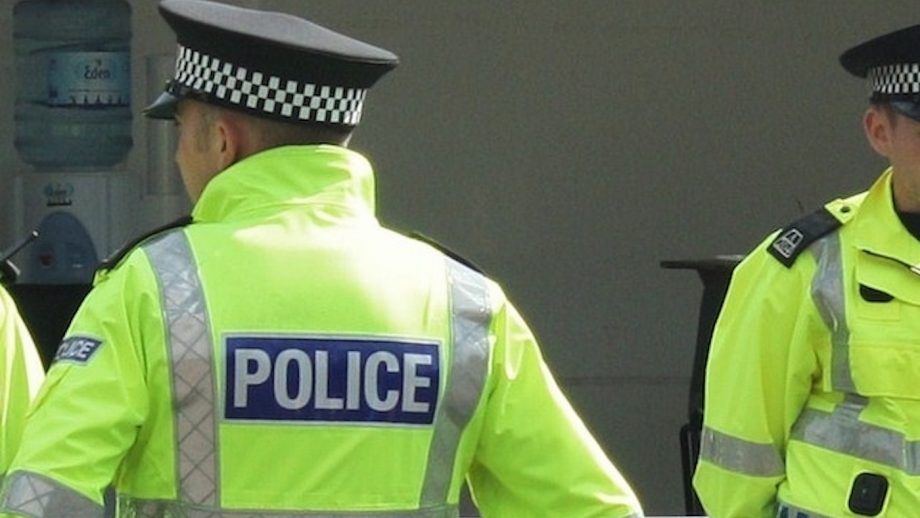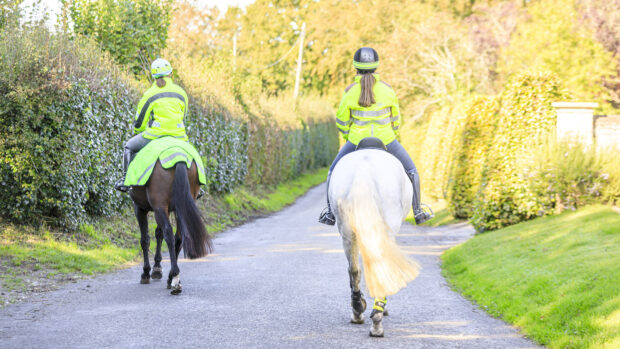A TOTAL of 68 horses died on Britain’s roads last year and 125 were injured, despite changes to the Highway Code aimed at improving their safety.
Two more horses have already been killed on the road in 2023, according to the British Horse Society (BHS), which released its 2022 statistics on 29 January.
The figures, described as “shocking” by BHS director of safety Alan Hiscox, show that almost 10 incidents were reported for every day last year – a total of 3,552. This is a 21% overall increase from 2021, when 66 horses were killed. The number of horses injured has decreased slightly, from 129, but the number of riders injured has gone up from 126 to 139.
“Horses are still being killed and injured on our roads, riders continue to be seriously injured and too many drivers underestimate the importance of driving carefully around horses,” Mr Hiscox said. “This is detrimental to the safety of equestrians. You only have to look at the two horses who were tragically killed in just two weeks at the beginning of 2023.”
Mr Hiscox told H&H he feels “frustration and disappointment” at the stats, especially after last year’s Highway Code changes, which state that horses should be passed at a maximum 10mph and at least two metres’ distance, and put riders above cars in the new hierarchy of road users.
“In the three months after the Highway Code changed, we did see incidents drop, but now they’re up to the levels of before the changes came in,” he said. “I’m very disappointed in the way the changes were publicised and they seem to have dropped off the DfT [Department for Transport] menu.”
Mr Hiscox said that when the BHS safety team had a stand at motor shows last summer, they spoke to visitors about the changes.
“At Silversone, 76% of people we spoke to didn’t know about them, and at Goodwood, it was 87%,” he said. “The AA did a survey and over 60% of drivers were unaware. For those first three months, we thought, ‘This is actually going to make a difference’ but were very disappointed. So we’re calling for more to be done. We’re part of the vulnerable road user group and I was really encouraged we were put alongside pedestrians and cyclists in the hierarchy of road users, but that message is still woefully missing from lots of drivers’ knowledge.”
The BHS will be among the organisations asking for a bigger push on the changes; it works with Road Safety GB, road safety partnerships across the country, driving instructors’ associations and many more.
Mr Hiscox said the plan is to keep pushing the BHS Dead Slow campaign to as many people as possible. And as well as more motor shows this year, the stand will be at events such as the NEC Caravan, Camping and Motorhome Show next month, which is expected to attract some 100,000 visitors, and driving instructors’ conferences. More “close pass” events are also expected to be run with police forces.
“It’s trying to get the information, knowledge and understanding out to encourage that desirable behaviour,” Mr Hiscox said. “The Highway Code change was a seismic step to increase the safety of horses on the roads, but it needs to be reinforced all the time and that’s what we’re pushing for. The AA says it, Cycling UK says it; the public campaign wasn’t good enough. The figures and the lack of knowledge are shocking.”
The BHS has long urged riders to report all incidents on the roads; it believes only 10% of incidents are reported via its website, but some of the increase this year may be down to more people doing so via its dedicated Horse i app, which was launched in March 2021.
“The more incidents that are logged, the more the BHS can do to protect the rights of horse riders on Britain’s roads,” a BHS spokesman said.
A DfT spokesman told H&H the Highway Code changes’ aim is “to improve safety for people cycling, walking and horse riding, and we invested over £1.3m in our THINK! campaign which has increased awareness and understanding of the changes over the last year”.
“We have worked closely with a group of stakeholders representing all road users to develop the campaign, with many also supporting the campaign on their own channels,” he said.
He added that DfT stats show that 83% of road users had heard of the changes by last August, and that they will continue to be promoted via the THINK! social media. The DfT will look at “further campaign activity in future”.
You might also be interested in:

Horse put down and rider in hospital after collision with two vehicles

Equestrians and cyclists ARE equal in Highway Code hierarchy, Government confirms

Highway Code changes to improve equestrian safety come into force

Drivers compete to be the slowest – and learn to pass horses safely – on Scalextric-style rural track
Horse & Hound magazine, out every Thursday, is packed with all the latest news and reports, as well as interviews, specials, nostalgia, vet and training advice. Find how you can enjoy the magazine delivered to your door every week, plus options to upgrade your subscription to access our online service that brings you breaking news and reports as well as other benefits.




